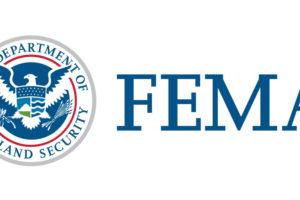
New report by Moodys highlights: Climate hazards are likely to worsen for nuclear power plant operators over the next two decades, with severity varying by region; Ultimate credit impact depends on the ability of plant operators to invest in mitigating measures to manage risks
Over the next 10 to 20 years, nuclear operators will face growing credit risks associated with climate change, Moody's Investors Service says in a new report. Utilizing data from Moody's affiliate Four Twenty Seven, the report examines the exposure of nuclear power plants to the heightened risk of extreme weather events or conditions brought on by acute climate change.
"Nuclear power reactors are some of the most hardened industrial assets in the US, but they still face rising climate risks, especially if they look to extend their operating licenses for another 20 years," said David Kamran, a Moody's Analyst.
While nuclear plants are among the most hardened infrastructure assets, plant operators may have to take added measures to offset exposure to these growing climate risks, Moody's says. The proximity of power plants to large bodies of water leaves them vulnerable to flooding, hurricanes, and storm surges, which increases the risk of damage to the plant or essential equipment.
Rising heat and water stress also poses a risk to plant operations. "Parts of the Midwest and southern Florida face the highest levels of heat stress, while the Rocky Mountain region and California face the greatest uncertainty regarding long-term water supplies, Kamran said. "We count about 48 GW of nuclear capacity with elevated exposure to combined rising heat and water stress across the US."
For regulated or cost based nuclear plants, representing 55 GW of generating capacity, the credit impact of these climate risks is likely to be more modest given their ability to recoup costs through rate recovery mechanisms. Many of these plants face higher risks of floods and hurricanes due to their locations.
For market-based nuclear plants, the credit impact of climate risks is likely to be more pronounced relative to cost based plants, given they don't have the ability to recoup costs through rate recovery mechanisms. These plants face elevated heat stress, with more locations facing high and red flag water stress, according to Four Twenty Seven.
Given pressure to support baseload demand, Moody's expects many nuclear plant operators to file for license extensions over the next decade. Because their ability to operate effectively will be impacted by climate hazards, nuclear plant operators will continue to determine the exposure they face and design and implement resilience measures to adapt to these risks.
The report can be accessed at: http://www.moodys.com/researchdocumentcontentpage.aspx?docid=PBC_1230101




